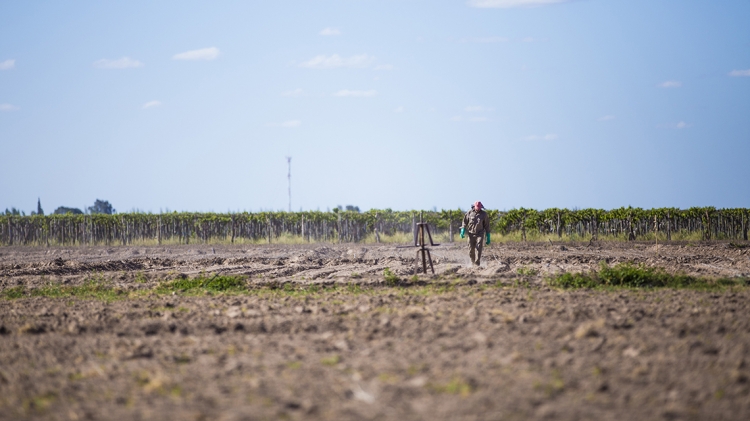MENDOZA, ARGENTINA – In Argentina, like in many parts of the world, water is at risk of over-exploitation and contamination. To protect it, scientists are studying its invisible details with the help of nuclear technology and the support of the IAEA.
“Most of the fresh, usable water in the world is in the ground, but most of the water that’s available to us is surface water,” said Douglas Kip Solomon, professor of Geology and Geophysics at the University of Utah, who is helping Argentinian experts map their water with the help of the IAEA. “It is extremely important that we understand the interactions between surface water and groundwater so we know how to properly manage these resources and protect them.”
With the help of nuclear techniques, scientists can determine the quantity and quality of their water supplies. They use naturally occurring isotopes as tracers to find out where groundwater comes from, if it is recent or old, if it is being recharged or polluted and how it travels.
The science behind this is called isotope hydrology — a discipline that, according to expert Solomon, “is one of the most powerful and trustworthy tools available to thoroughly assess groundwater .”
In some regions, finding out if the water we are using on a daily basis is regularly recharged, running out, or at risk of contamination can make the difference between poverty and prosperity.









